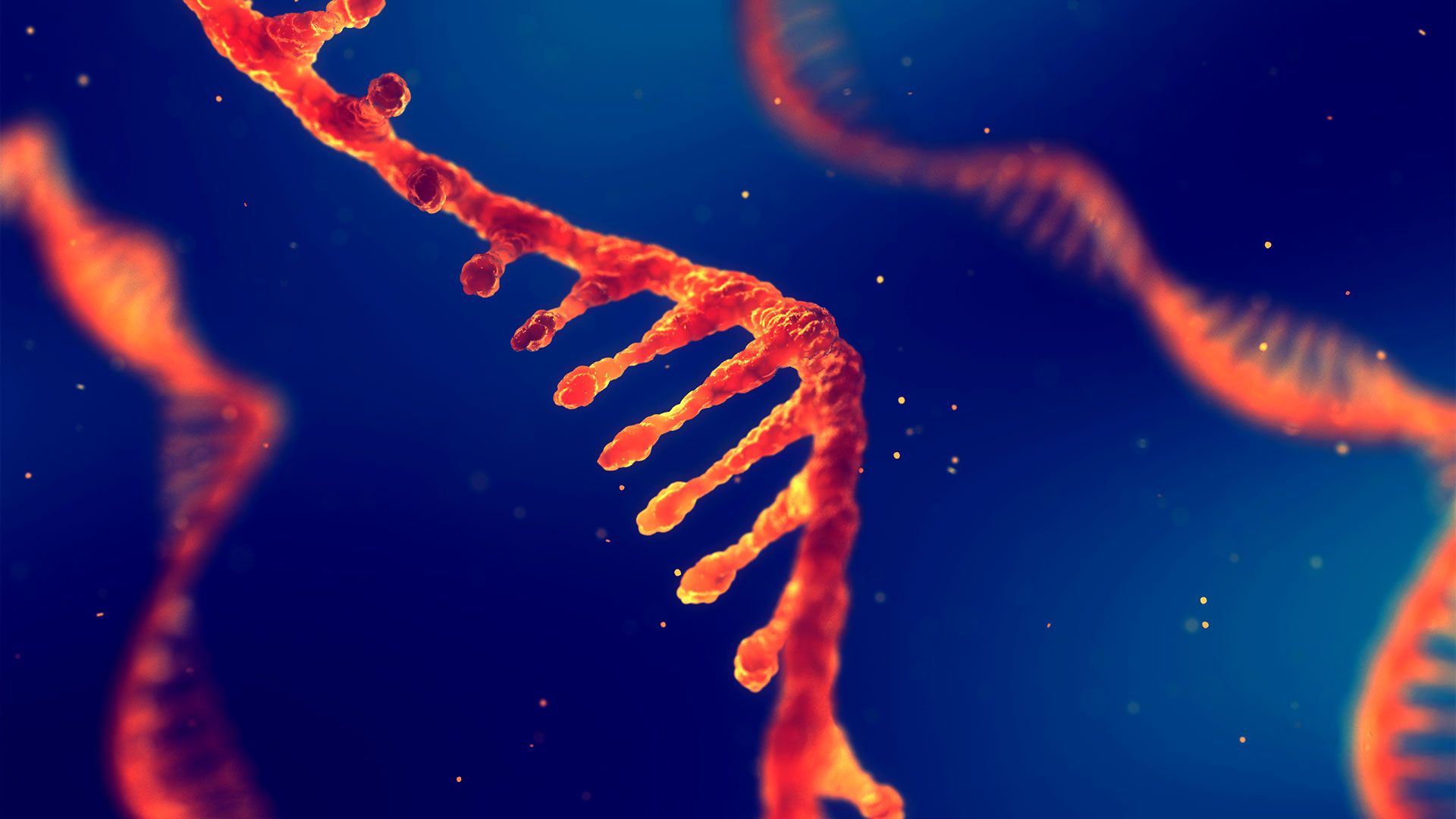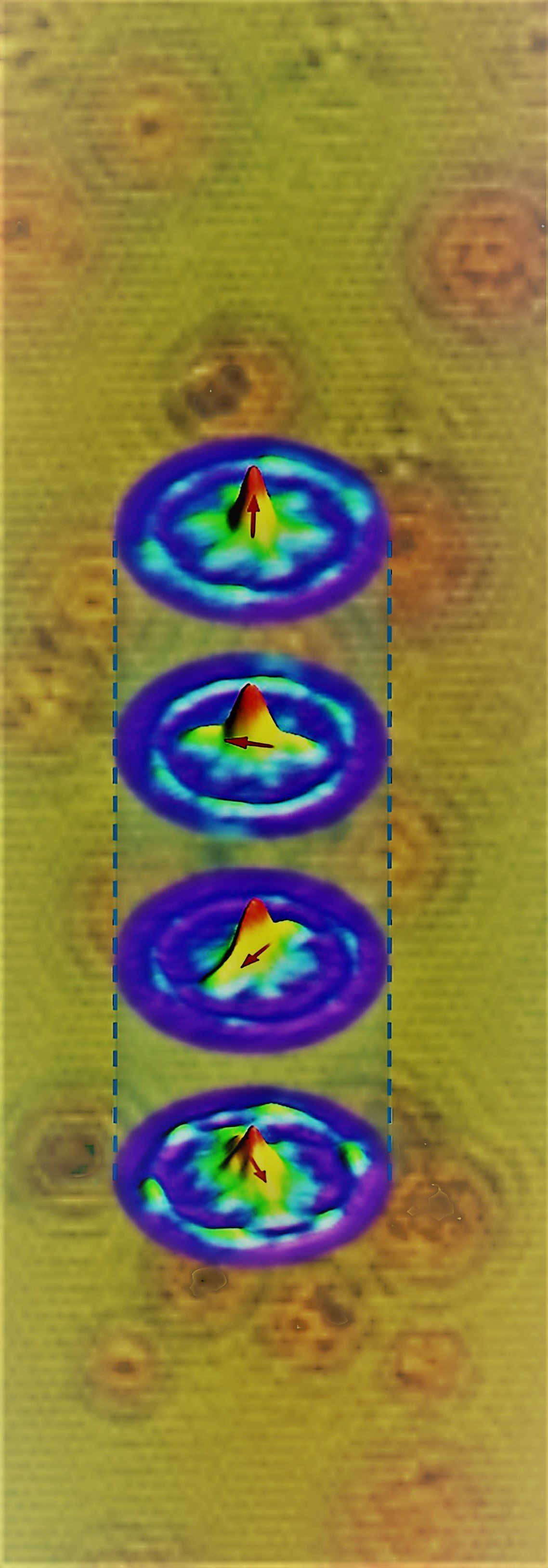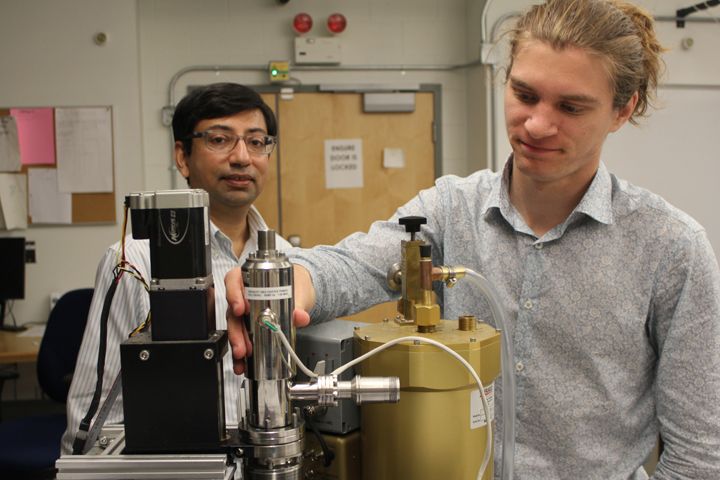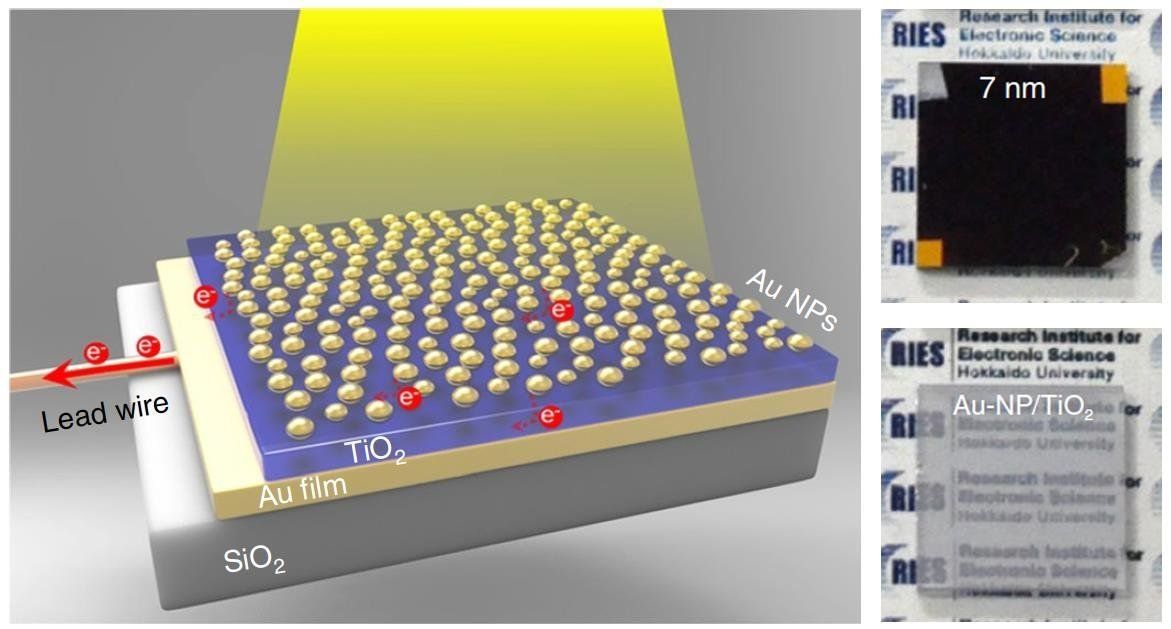Archive for the ‘nanotechnology’ category: Page 241
Oct 4, 2018
New Weapon Against Gruesome Venomous Snakebites Is Invisible to the Eye
Posted by Genevieve Klien in categories: biotech/medical, health, nanotechnology
When it comes to venomous snake bites, time is tissue. Even non-fatal snake bites still rapidly kill skin and muscle in a gruesome process called necrosis, often leaving victims permanently disfigured. In an effort to help reduce the global health burden of these bites, a team of scientists has developed an antivenom cocktail that saves tissue after a snake bite, sparing survivors a lifetime of disability.
In a paper published Thursday in the journal PLOS Neglected Tropical Diseases, researchers demonstrate that their formula, when injected into mice that had been exposed to venom from a black-necked spitting cobra (Naja nigricollis), protected against any tissue-killing effects. What’s unique about their new treatment is that it’s not made up of any one substance but a mixture of nanoparticles, which can target the individual compounds that make up a snake’s poison.
“If this is achieved, then the progression of this local necrosis would be halted, and then the person can be transported to a health facility to receive the antivenom, but the local tissue damage would have been controlled and the frequency of permanent tissue damage and sequelae would be reduced,” José María Gutiérrez, Ph.D.. a senior professor of microbiology at Instituto Clodomiro Picado (the University of Costa Rica) and one of the paper’s authors, tells Inverse.
Continue reading “New Weapon Against Gruesome Venomous Snakebites Is Invisible to the Eye” »
Sep 22, 2018
If We Made Life in a Lab, Would We Understand It Differently?
Posted by Mike Ruban in categories: bioengineering, biotech/medical, evolution, nanotechnology
Only time will tell what new forms life will take.
Joyce seeks to understand life by trying to generate simple living systems in the lab. In doing so, he and other synthetic biologists bring new kinds of life into being. Every attempt to synthesize novel life forms points to the fact that there are still more, perhaps infinite, possibilities for how life could be. Synthetic biologists could change the way life evolves, or its capacity to evolve at all. Their work raises new questions about a definition of life based on evolution. How to categorize life that is redesigned, the product of a break in the chain of evolutionary descent?
An origin story for synthetic biology goes like this: in 1997, Drew Endy, one of the founders of synthetic biology and now a professor of bioengineering at Stanford University in California, was trying to create a computational model of the simplest life form he could find: the bacteriophage T7, a virus that infects E coli bacteria. A crystalline head atop spindly legs, it looks like a landing capsule touching down on the Moon as it grabs onto its bacterial host. The bacteriophage is so simple that by some definitions it is not even alive. (Like all viruses, it depends on the molecular machinery of its host cell to replicate.) Bacteriophage T7 has only 56 genes, and Endy thought it might be possible to create a model that accounted for every part of the phage and how those parts worked together: a perfect representation that would predict how the phage would change if any one of its genes were moved or deleted.
Continue reading “If We Made Life in a Lab, Would We Understand It Differently?” »
Sep 21, 2018
Scientists Use Light to Control Nanobots
Posted by Genevieve Klien in category: nanotechnology
Semiconductor nanoparticles under the influence of an electric field are directed by the intensity of light.
Sep 20, 2018
Quick and not-so-dirty: A rapid nano-filter for clean water
Posted by Bill Kemp in categories: innovation, nanotechnology
Australian researchers have designed a rapid nano-filter that can clean dirty water over 100 times faster than current technology.
Simple to make and simple to scale up, the technology harnesses naturally occurring nano-structures that grow on liquid metals.
The RMIT University and University of New South Wales (UNSW) researchers behind the innovation have shown it can filter both heavy metals and oils from water at extraordinary speed.
Continue reading “Quick and not-so-dirty: A rapid nano-filter for clean water” »
Sep 13, 2018
An ultracompact laser has been made using nanoscale semiconductor columns
Posted by Saúl Morales Rodriguéz in category: nanotechnology
A tiny laser comprising an array of nanoscale semiconductor cylinders (see image) has been made by an all-A*STAR team. This is the first time that lasing has been achieved in non-metallic nanostructures, and it promises to lead to miniature lasers usable in a wide range of optoelectronic devices.
Microscale lasers are widely used in devices such as CD and DVD players. Now, optical engineers are developing nanoscale lasers—so small that they cannot be seen by the human eye.
A promising method is to use arrays of tiny structures made from semiconductors with a high refractive index. Such structures act as tiny antennas, resonating at specific wavelengths. However, it has been challenging to use them to construct a cavity—the heart of a laser, where light bounces around while being amplified.
Continue reading “An ultracompact laser has been made using nanoscale semiconductor columns” »
Sep 13, 2018
A new dimension for batteries
Posted by Bill Kemp in categories: energy, nanotechnology, space
Engineers at the University of Maryland have created a thin battery, made of a few million carefully constructed “microbatteries” in a square inch. Each microbattery is shaped like a very tall, round room, providing much surface area – like wall space – on which nano-thin battery layers are assembled. The thin layers together with large surface area produces very high power along with high energy. It is dubbed a “3D battery” because each microbattery has a distinctly 3D shape.
These 3D batteries push conventional planar thin-film solid state batteries into a third dimension. Planar batteries are a single stack of flat layers serving the roles of anode, electrolyte, cathode and current collectors.
But to make the 3D batteries, the researchers drilled narrow holes are formed in silicon, no wider than a strand of spider silk but many times deeper. The battery materials were coated on the interior walls of the deep holes. The increased wall surface of the 3D microbatteries provides increased energy, while the thinness of the layers dramatically increases the power that can be delivered. The process is a little more complicated and expensive than its flat counterpart, but leads to more energy and higher power in the same footprint.
Sep 13, 2018
Scientists discover a ‘tuneable’ novel quantum state of matter
Posted by Genevieve Klien in categories: computing, engineering, nanotechnology, particle physics, quantum physics
Quantum particles can be difficult to characterize, and almost impossible to control if they strongly interact with each other—until now.
An international team of researchers led by Princeton physicist Zahid Hasan has discovered a quantum state of matter that can be “tuned” at will—and it’s 10 times more tuneable than existing theories can explain. This level of manipulability opens enormous possibilities for next-generation nanotechnologies and quantum computing.
“We found a new control knob for the quantum topological world,” said Hasan, the Eugene Higgins Professor of Physics. “We expect this is tip of the iceberg. There will be a new subfield of materials or physics grown out of this. … This would be a fantastic playground for nanoscale engineering.”
Sep 12, 2018
In ‘Nature’: A nanoscale discovery with big implications
Posted by Mike Ruban in categories: nanotechnology, quantum physics, space
A recent discovery by William & Mary and University of Michigan researchers transforms our understanding of one of the most important laws of modern physics. The discovery, published in the journal Nature, has broad implications for science, impacting everything from nanotechnology to our understanding of the solar system.
“This changes everything, even our ideas about planetary formation,” said Mumtaz Qazilbash, associate professor of physics at William & Mary and co-author on the paper. “The full extent of what this means is an important question and, frankly, one I will be continuing to think about.”
Qazilbash and two W&M graduate students, Zhen Xing and Patrick McArdle, were asked by a team of engineers from the University of Michigan to help them test whether Planck’s radiation law, a foundational scientific principle grounded in quantum mechanics, applies at the smallest length scales.
Continue reading “In ‘Nature’: A nanoscale discovery with big implications” »
Sep 10, 2018
Photoelectrode that can harvest 85 percent of visible light
Posted by Bill Kemp in categories: nanotechnology, solar power, sustainability
Scientists have developed a photoelectrode that can harvest 85 percent of visible light in a 30 nanometers-thin semiconductor layer between gold layers, converting light energy 11 times more efficiently than previous methods.
In the pursuit of realizing a sustainable society, there is an ever-increasing demand to develop revolutionary solar cells or artificial photosynthesis systems that utilize visible light energy from the sun while using as few materials as possible.
The research team, led by Professor Hiroaki Misawa of the Research Institute for Electronic Science at Hokkaido University, has been aiming to develop a photoelectrode that can harvest visible light across a wide spectral range by using gold nanoparticles loaded on a semiconductor. But merely applying a layer of gold nanoparticles did not lead to a sufficient amount of light absorption, because they took in light with only a narrow spectral range.
Continue reading “Photoelectrode that can harvest 85 percent of visible light” »
















